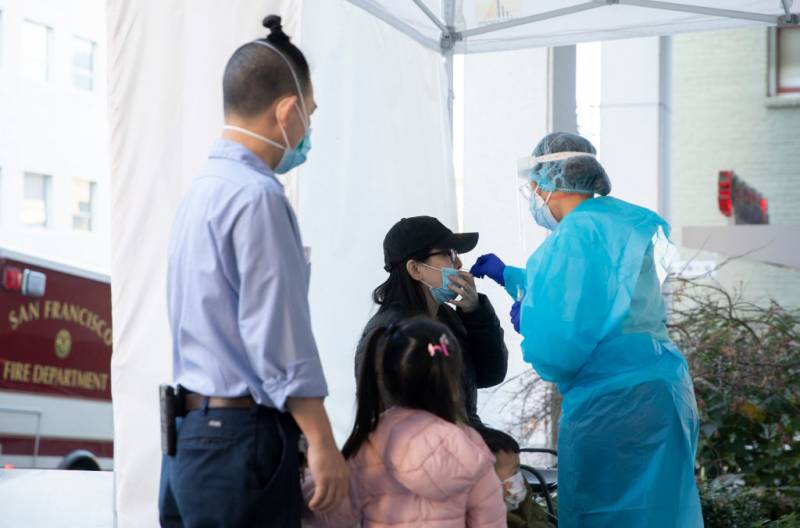In what circumstances should people be considering a second booster in terms of, in reaction to this new subvariant?
Well, the official recommendation is everybody over 50 should get one. And I have to say, until a few weeks ago, when this BA.5 became a thing, I was a little bit on the fence. I got a second booster. I’m 64 years old. I got one about two months ago, I thought the evidence for people over about 60 was raised reasonably strong. But for people over 50, let’s say, 50 to 60, I said it was sort of dealer’s choice. You can wait a little bit and see how things go and maybe the surge will go away and then you’ll wait and get maybe a rejiggered booster in the fall.
I think now because there’s a huge amount of COVID around, BA.5 is going to cause an even greater surge, and some emerging evidence that’s come out in the last few weeks says that the mortality rate from COVID for people over 50 is substantially lower if you get the second booster. I think everybody over 50 should get their second booster. It may turn out to be that even if you’re under 50, you should get it. But we’re still waiting for formal recommendations on that.
How does this change which public health policies should be put in place? Like, is it time to restore mask mandates?
Mask mandates are very controversial. I’m of the mindset that we should reserve them for when we really need them. I realize that there are many people who say there’s a ton of cases around now, it’s time for mandates. But I think as individuals now, we can keep ourselves safe. I’m in the hospital right now and I wear an N95 when I go see my patients. Even if they have COVID, I’m pretty confident I’m not going to get COVID from them. If you’re vaccinated, boosted and wearing a good mask, I think you can keep yourself safe. So I think mandates are appropriate if hospitals are getting overwhelmed.
The only good news right now on the COVID front is, despite a ton of cases, our hospitals are seeing more cases, but they’re not yet overwhelmed. At UCSF today, we’ve got about 45 or 50 COVID patients. In January, we had 150. So we’re about a third of our peak in our ICU and we only have five or six COVID patients, which is really light compared to prior stages of the pandemic. I am in favor of people wearing a good mask and being very careful. But I think it’s reasonable to make that a personal decision rather than a mandate.
As a region, how is the Bay Area doing in terms of infections?
Not good and almost surprisingly not good because we’ve been the poster child of COVID response all the way through. We still have by far the lowest per capita death rate from COVID of any large metropolitan area. Our vaccine rate is quite good, but we are seeing a lot of cases now, and I think that’s further evidence that your vaccines and boosters are still working really well in terms of keeping you from getting super sick and dying. They don’t work nearly as well as they used to in terms of preventing infection.
So in the Bay Area, you have a lot of people vaccinated and boosted, but a lot of people being far less careful than they were, even as recently as six months ago. There’s a lot of the virus around and we’re seeing a very large number of infections. Everybody knows friends and family that have been fine and COVID-free for two years and have just gotten it in the last month or two.
Bottom line, if someone wants to avoid catching this, what do they need to do right now?
First of all, I recommend that you avoid catching it if you can. I understand that we’re all sick of it. I’d love for it to go away, but it’s not gone away. I think the main reason to avoid catching it now is long COVID. If you’re vaccinated and boosted, you’re very unlikely to die of it. But there’s still a decent chance that you will get a case of COVID that you will regret having gotten. My wife is 10 weeks out and continues to feel maybe 80% of normal. So what do you do? You should get vaccinated and you should get boosted.
If you’re over 50, get your second booster. But there’s no sort of skirting around. The only way to prevent getting it is to wear a good mask in crowded indoor spaces and to pay attention to ventilation. I’m not doing indoor dining right now until the case rates come way down. I think if you’re going to try to avoid getting it, that is what you need to do. And just being vaccinated and boosted is not good enough to prevent you from getting it.

